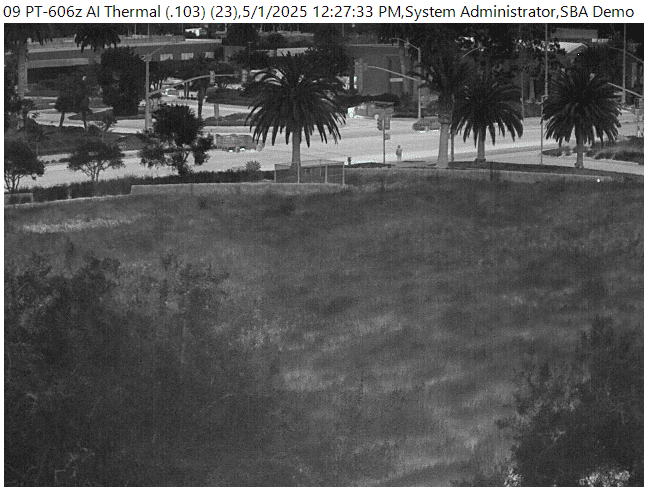Joseph Clarke analyses how combining psychological deterrence with physical barriers, hidden detection, and forensic marking enhances perimeter security
Perimeter security is commonly perceived as a purely physical matter—fences, barriers, gates, and surveillance technology designed explicitly to prevent unauthorised entry. However, the true effectiveness of these measures extends far beyond their tangible presence, significantly shaped by their psychological influence on potential intruders. While physical resilience is undoubtedly critical, perimeter security’s greatest strength often lies in how effectively it manipulates intruders’ perceptions, expectations, and fears.
Psychology remains an overlooked yet powerful element in security strategies. Human decision-making, particularly when related to criminal activity, is strongly influenced by subconscious evaluations of risk, reward, and consequence. Traditional security planning frequently emphasises tangible defences, neglecting how these defences psychologically impact those assessing vulnerabilities. Effective security solutions must therefore leverage psychological deterrence, transforming simple physical barriers into symbols of strength, uncertainty, and inevitable consequence in the mind of the offender.
This article argues that truly effective perimeter protection relies heavily upon the psychological reactions it provokes—instilling uncertainty, amplifying perceived risk, and inducing fear of detection and consequence. By deliberately harnessing these psychological elements, security strategies transcend mere physical defence, becoming proactive tools that reduce incidents not merely through physical resilience, but through cognitive deterrence. Understanding and applying these psychological principles allows security planners to not just prevent breaches, but to actively discourage attempts, fundamentally reshaping the effectiveness of modern perimeter protection.
Physical appearance and psychological messaging
The visual impression of perimeter fencing is a crucial yet subtle factor in effective security strategies, extending significantly beyond its obvious physical purpose. Robust, imposing barriers serve as powerful psychological deterrents, silently communicating authority, strength, and the high likelihood of failure to potential intruders. This subtle psychological messaging can deter criminal attempts well before any physical contact is made, often making it an even more valuable asset than the barrier’s sheer physical resistance.
Barkers Fencing, for example, exemplifies this principle by creating perimeter solutions specifically designed not only for physical durability but also to project strength and impenetrability. Their fencing installations are intentionally formidable, engineered to present a daunting challenge at first glance. This deliberate visual messaging conveys authority, suggesting both preparedness and resilience, effectively discouraging would-be intruders by creating immediate psychological barriers. Potential offenders instinctively evaluate these structures as not only difficult but psychologically intimidating, leading them to question the practicality and likelihood of a successful intrusion attempt.
Similarly, Jacksons Fencing demonstrates how the aesthetics and maintenance standards of perimeter barriers directly influence intruder perceptions. Their consistently well-maintained fences suggest vigilance and professional oversight, sending a clear, subconscious signal of active security management. Such meticulous attention to appearance reinforces the perception that the perimeter is closely monitored and professionally secured, increasing intruders’ perceived risk of discovery and subsequent failure. The professionalism implied by Jacksons’ aesthetics significantly enhances psychological deterrence, subtly alerting potential intruders that breaching the perimeter would be neither quick nor easy.
Visual impressions powerfully influence intruder decision-making processes due to basic human psychology: threats that appear challenging, well-maintained, and actively monitored naturally raise perceived risk. The human instinct to avoid unnecessary difficulty and risk means potential offenders often abandon plans long before testing a perimeter’s physical resistance. In this sense, the psychological dimension of robust, visually impressive fencing—exemplified by Barkers and Jacksons—is arguably one of perimeter security’s most effective yet underappreciated tools….

























